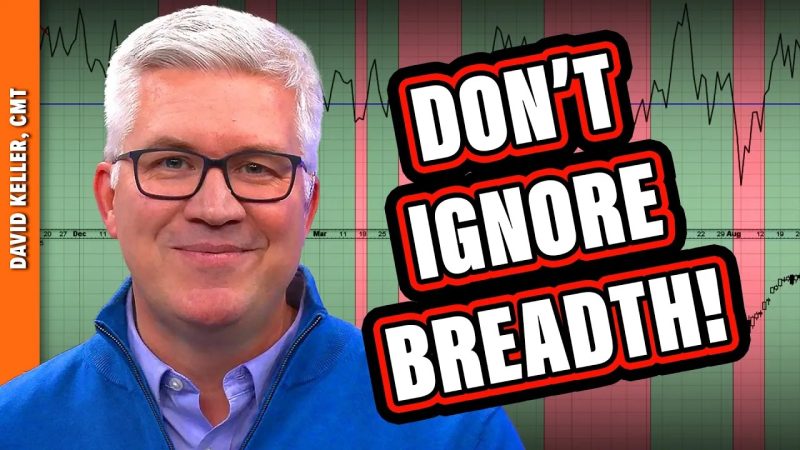Breadth indicators are essential tools used in financial markets to gauge the overall health and strength of the market. These indicators provide valuable insights into the breadth of market participation and help traders and investors make informed decisions. Here are the top 5 breadth indicators that you can’t afford to ignore:
1. Advance-Decline Line (A/D Line):
The Advance-Decline Line is a simple yet powerful breadth indicator that tracks the number of advancing stocks minus the number of declining stocks in a given market index. By calculating this difference over time, the A/D Line provides a clear picture of market breadth. A rising A/D Line indicates broad market strength, while a declining A/D Line signals weakening market participation.
2. McClellan Oscillator:
Developed by Sherman and Marian McClellan, the McClellan Oscillator is a popular breadth indicator that measures the difference between two exponential moving averages of advancing and declining issues. The oscillator oscillates around zero, with positive values suggesting market strength and negative values indicating weakness. Traders use the McClellan Oscillator to identify overbought and oversold conditions in the market.
3. New Highs-New Lows Index:
The New Highs-New Lows Index compares the number of stocks hitting new highs versus new lows over a specific period. This breadth indicator helps traders gauge the level of participation in a market rally or decline. A high number of new highs relative to new lows is usually a bullish sign, while the opposite suggests a bearish sentiment among market participants.
4. Breadth Thrust Indicator:
The Breadth Thrust Indicator is a momentum-based breadth indicator that signals the start of a new market uptrend. This indicator is calculated by dividing the 10-day exponential moving average of advancing issues by the sum of advancing and declining issues. A Breadth Thrust reading above a certain threshold indicates strong market participation and increases the likelihood of a sustained uptrend.
5. Arms Index (TRIN):
Also known as the Trading Index (TRIN), the Arms Index is a volume-based breadth indicator that helps assess market sentiment and potential reversals. The formula for the Arms Index compares the ratio of advancing and declining issues to the ratio of advancing and declining volume. A TRIN value above 1 suggests bearish sentiment, while a value below 1 indicates bullishness.
In conclusion, breadth indicators play a crucial role in analyzing market participation and overall market health. By incorporating these top 5 breadth indicators into your trading strategy, you can gain a deeper understanding of market breadth and make more informed trading decisions. Monitoring these indicators regularly can help you stay ahead of market trends and identify potential opportunities for profitable trades.
